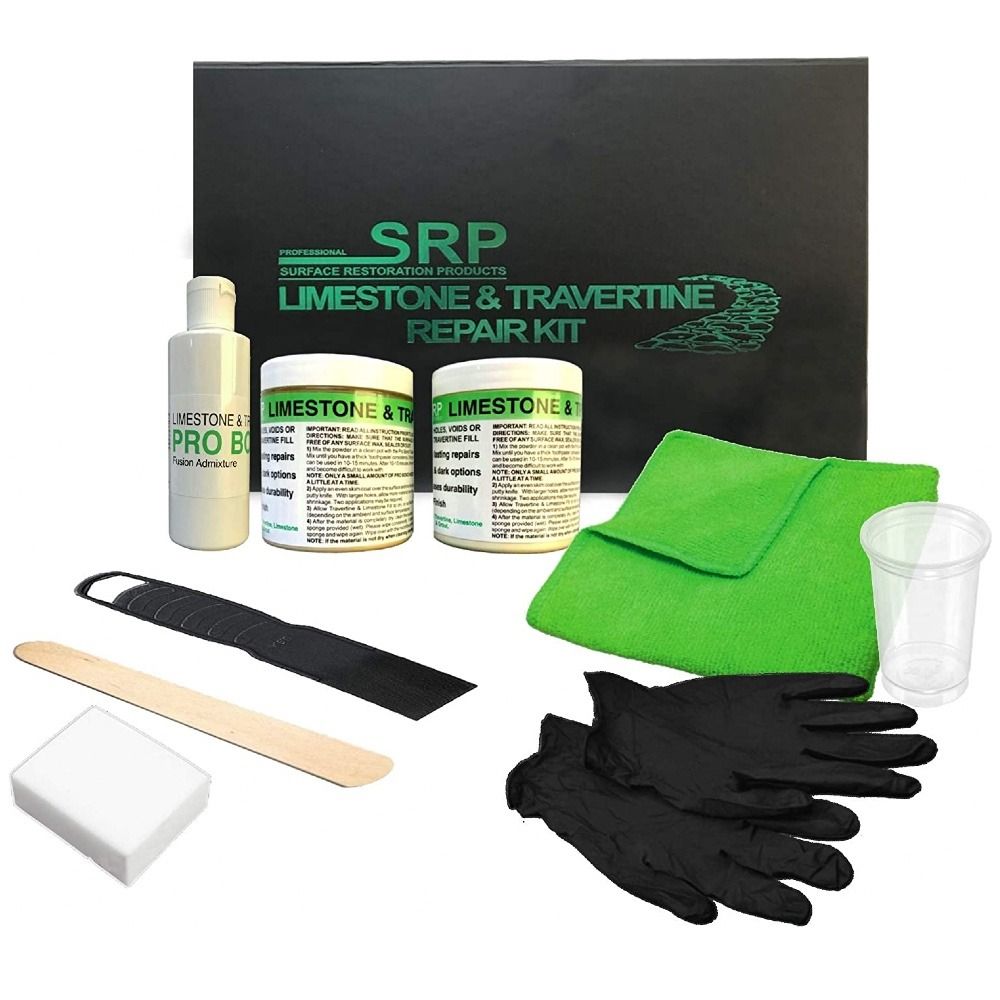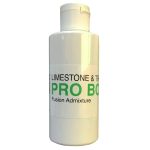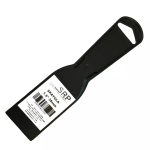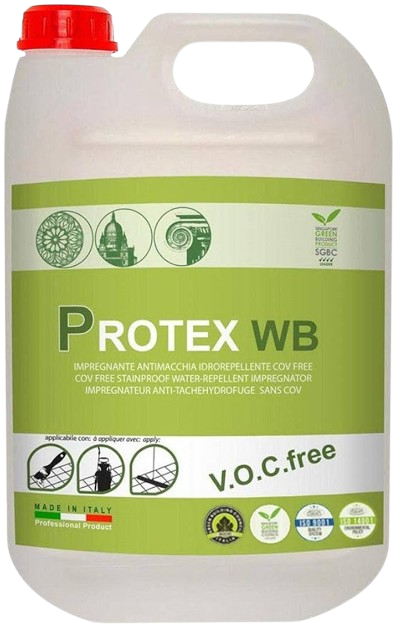We use cookies to ensure that we give you the best experience on our website. If you continue to use this site we will assume that you are happy with it. Learn more
How to Repair Travertine Tiles - Cracks, Holes, Chips and Voids
How to Repair Travertine Tiles
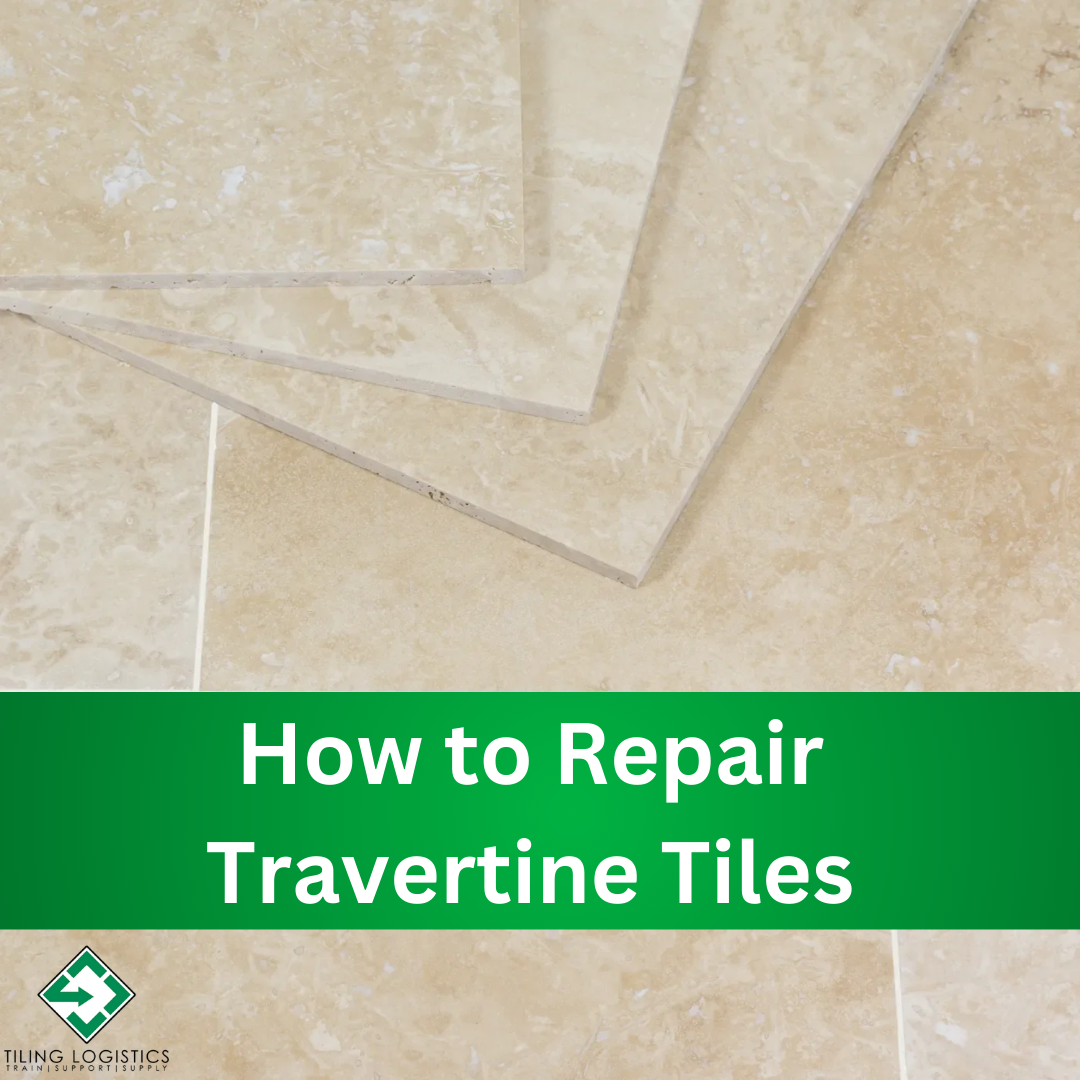
Travertine tiles are susceptible to holes, cracks voids and chips. As well as being unsightly, these damages are dangerous to walk on. Fortunately, these defects are easily repairable with the right tools. You won't even need professional assistance. In this article, we'll explain just how to repair travertine with a complete travertine repair kit.
What you need to repair travertine tiles - Travertine Repair Kit
SRP Limestone and Travertine Repair Kit is an all-in-one kit complete with all the tools you'll need to easily repair damage to your travertine tiles. With this DIY travertine repair kit, you'll get your surfaces looking just like new in just 5 steps
- Light & Dark Filler Powderer
- Pro Bond Mix
- Flexible Filler Spatula Spreader
Light & Dark Filler
With both light and dark powder, it effectively repairs lighter and darker surfaces. Mixing different amounts of powder lets you create the colour of your desire to match the surface with a discrete application.
Pro Bond Fusion Admixture
The Pro Bond additive leaves surfaces with a strong, durable matt finish for long-lasting results.
Flexible Spatula Spreader
A flexible, lightweight polypropylene spatula for evenly spreading filler across flat surfaces. This flat spatula achieves a smooth finish across any surface.
SRP Limestone and Travertine Repair Kit Includes:
- Microfibre Cloth
- Wooden Mixing Spatula
- Mixing Pot with Graduate measure
- Residue Remover Sponge
- Pair Latex-Free Nitrile Gloves
- Complete Instructions
How to Repair Cracks, Chips, Holes and Voids in Travertine
1. Mix the filler
Mix the filler and Pro Bond Fusion Admixture in the mixing pot using the wooden mixing spatula. Use the light filler for lighter surfaces and dark filler for darker surfaces.
You must only mix as much as you can use in 10-15 minutes.
2. Apply the mixture
Apply an even coat of the resulting mixture over the surface, into any holes using the filler spatula.
3. Wait for 1-2 hours
Allow 1-2 hours for the solution to dry.
4. Get rid of the excess
Clean away any excess residues with the wet sponge.
5. Wipe the surface
Give the surface a final wipe with the microfibre cloth.
Travertine Repair Kit - For Cracks, Chips, Holes and Voids
This DIY travertine repair kit will fill chips, holes, wider cracks, voids and other defects present in tiles and countertops.
Get Rid of:
- Cracks
- Holes
- Voids
- Chips
With colour-matching technology, you'll barely see any difference from the travertine's original appearance.
How to Protect Travetine from Cracks, Chips, Holes and Voids
To prevent your travertine surfaces from damage, we suggest sealing the surface with an impregnating sealer like Faber Limestone Densifier. As an impregnating sealer, it seeps into the pores of the stone to protect it from within. Moreover, this water-based impregnating sealer is completely breathable and doesn't alter the colour of the travertine. Despite the name, this sealer is more than suitable for travertine surfaces.
Faber Limestone Densifier is ready to use in just a few simple steps. It effectively protects travertine regardless of whether applied to floors, countertops or decor.
As the name suggests, Faber Limestone Densifier penetrates deep down into stone surfaces and hardens them. This ensures a durable and long-lasting defence against anything harmful to the material.
Sealing Travertine Tiles
Cover the entire surface in an even layer of Faber Limestone Densifier.
After 10 minutes (without letting the sealer dry, spread the residues with a paintbrush or flat microfibre mop head.
Leave the solution for 1 - 2 hours.
Remove the residues with a white pad or microfibre cloth after the solution dries.
About Travertine

Travertine is a form of limestone that is created through the precipitation of mineral-rich water in natural springs or caves. This process results in unique patterns and textures, with characteristic voids and holes that can be filled or left unfilled, depending on the desired look.
Travertine is known for its naturally warm appearance, composed of beige, gold, ivory and tan tones for an earthly appeal. Its numerous finishes and colours match several design styles, from modern to traditional.
On top of that, travertine is a strong material, able to withstand constant foot traffic. Due to this, it's a great choice for both domestic and commercial spaces.
Despite this, travertine is susceptible to scratches, chips and other defects. This is especially possible without proper care. Where travertine excels is the ease at which property owners can repair these defects with the right filler for an effortless blend with the travertine's natural look.
More Information
Thank you for reading our latest article. Now you're ready to repair defects and damage to your travertine tiles with the travetine repair kit.
If you have any questions or need more clarification, don't hesitate to get in touch. The team at Tiling Logistics is always happy to help and support you with travertine or any other stone restoration job.
Call us on 0121 773 9129 or send us an online message.
Otherwise, visit the Tiling Logistics blog to learn more about a range of restoration and maintenance treatments on various stone materials.

